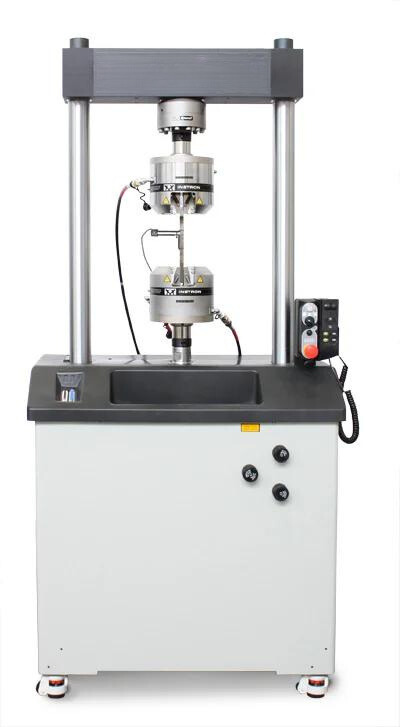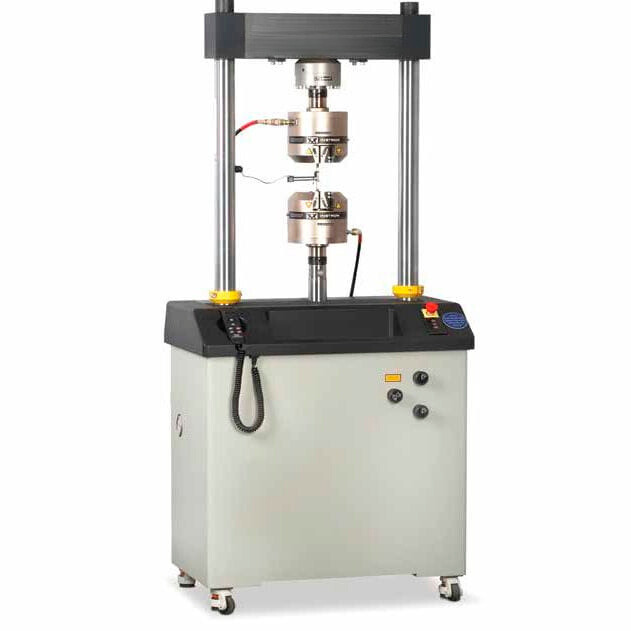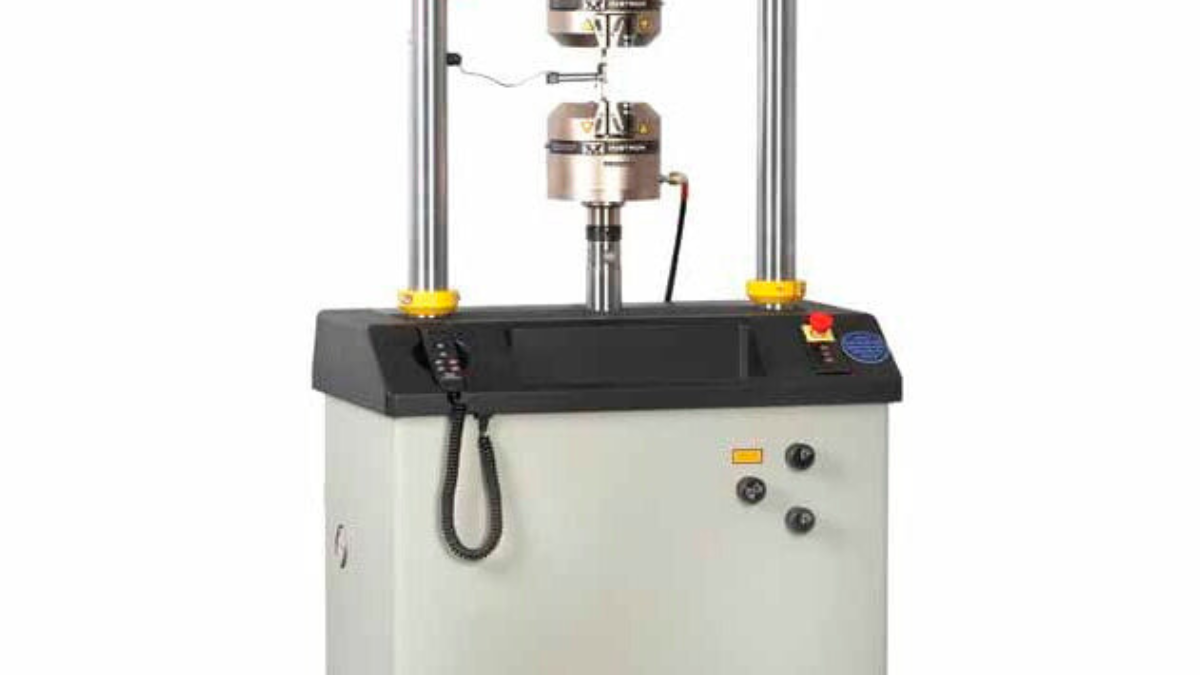Fatigue Resistance Test As Per Standard ASTM E466-15
Exploring Fatigue Resistance Testing According to ASTM E466-15
Introduction: The Importance of Fatigue Testing
- In the world of engineering and materials science, understanding how materials perform under stress is critical. One of the most significant concerns is how materials behave under repeated loading and unloading, a phenomenon known as fatigue. Fatigue failure can occur in many applications, including aerospace, automotive, and structural components, leading to catastrophic failures if not adequately understood. The ASTM E466-15 standard provides a guideline for conducting fatigue tests on metallic materials, ensuring consistent and reliable data that can inform design and manufacturing decisions.

What is ASTM E466-15?
ASTM E466-15 is a standard practice developed by ASTM International, outlining the procedure for force-controlled constant amplitude axial fatigue tests. This standard is specifically tailored for metallic materials and focuses on determining the fatigue life of a material under repeated axial loading. By following ASTM E466-15, engineers can obtain consistent and accurate fatigue life data, crucial for assessing the performance and safety of materials used in various applications.
Key Components of ASTM E466-15:
- Specimen Preparation:
The specimen used in fatigue testing must be carefully prepared to minimize variables that could affect the results. ASTM E466-15 specifies the use of cylindrical or flat specimens with a uniform cross-sectional area in the test region.
Surface finish is critical; specimens should have a smooth, polished surface free from scratches, notches, or other imperfections that could act as stress concentrators and lead to premature failure.
Precise measurement of specimen dimensions, including diameter and gauge length, is essential for accurate stress calculations.
- Testing Equipment:
A servo-hydraulic fatigue testing machine is typically used to apply cyclic loads to the specimen. This machine must be capable of accurately controlling and measuring the applied forces and displacements.
The machine should apply uniaxial loading, ensuring the load is aligned along the specimen’s longitudinal axis.
Equipment should be capable of varying the frequency and amplitude of the cyclic loads, accommodating different testing conditions as specified by ASTM E466-15.
- Loading Parameters:
The test involves applying a constant amplitude cyclic load, meaning the maximum and minimum load values remain constant throughout the test.
The stress ratio (R), which is the ratio of minimum to maximum stress, is often set to zero (R = 0), indicating the load alternates between zero and a maximum tensile load.
Test frequency should be chosen carefully to avoid resonance and other dynamic effects that could influence the results.
- Conducting the Test:
The specimen is mounted in the testing machine with its axis aligned with the loading direction to avoid bending stresses.
A cyclic load is applied at a controlled frequency, and the specimen is subjected to repeated loading until failure occurs.
The number of cycles to failure is recorded, providing a measure of the material’s fatigue life under the specified loading conditions.
- Data Collection and Analysis:
During the test, data such as the number of cycles to failure, maximum and minimum load values, and load-displacement curves are recorded.
These data points are used to plot an S-N curve, which illustrates the relationship between the applied stress and the number of cycles to failure. This curve helps identify the material’s fatigue limit, the stress level below which the material can theoretically endure an infinite number of cycles without failing.
Engineers use this information to predict the service life of components and to design against fatigue failure.
- Applications and Implications:
Fatigue testing is crucial for components subjected to cyclic stresses, such as those in aircraft, vehicles, bridges, and other critical structures. Understanding the fatigue behavior of materials ensures that these components will perform safely and reliably over their intended lifespan.
Fatigue data obtained according to ASTM E466-15 helps engineers make informed decisions about material selection, design modifications, and manufacturing processes, ultimately leading to safer and more efficient products.

Conclusion:
- Fatigue resistance testing following ASTM E466-15 is an essential practice in ensuring the reliability and safety of metallic materials used in various engineering applications. By providing a standardized approach to testing, ASTM E466-15 allows for the consistent evaluation of materials under cyclic loading conditions. This standard helps engineers and scientists understand the limits of material performance, aiding in the development of safer and more durable products. As industries continue to push the boundaries of material performance, the role of fatigue testing becomes increasingly vital, reinforcing the importance of adhering to established testing standards like ASTM E466-15.

